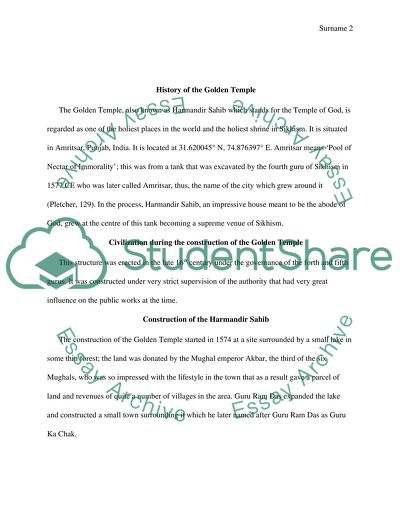Cite this document
(“Golden Temple (Amritsar, India) Research Paper Example | Topics and Well Written Essays - 2500 words”, n.d.)
Retrieved from https://studentshare.org/engineering-and-construction/1397889-golden-temple-amritsar-india
Retrieved from https://studentshare.org/engineering-and-construction/1397889-golden-temple-amritsar-india
(Golden Temple (Amritsar, India) Research Paper Example | Topics and Well Written Essays - 2500 Words)
https://studentshare.org/engineering-and-construction/1397889-golden-temple-amritsar-india.
https://studentshare.org/engineering-and-construction/1397889-golden-temple-amritsar-india.
“Golden Temple (Amritsar, India) Research Paper Example | Topics and Well Written Essays - 2500 Words”, n.d. https://studentshare.org/engineering-and-construction/1397889-golden-temple-amritsar-india.


